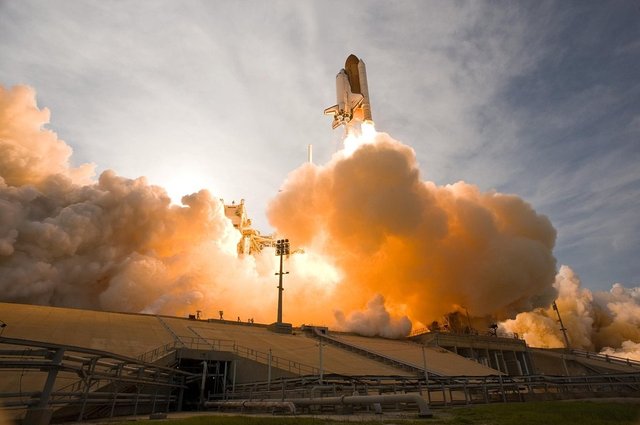
CONTENT
We tend to think that science is not open, but commercial, i.e., it is taken for granted that scientific groups or niches are in the hands of state elites and private corporations that benefit from scientific results.
The less dominant social classes do not have access to scientific advances in the same way that the wealthy or institutional power classes do, and this reality has been dragging on for decades, to the point of creating conditions of marginality and academic ignorance.

However, this marginality and academic ignorance in recent years has been giving a great turn in favor of the less dominant or impoverished social classes, and this can be answered if we consider the growing number of open science movements.
Open science is understood as scientific groups or niches that defend sustainability and inclusion as vital flags for projects or social problems to promote shared strategies aimed at generating collective solutions.
In other words, this way of doing science supports social infrastructures by assuming an increasingly relevant role not only within traditional research practices, but also within society as a whole.

In this regard, the scientific community has been asserting that, in order to meet the challenges of the next century, from pandemics to climate change and technological automation, science must be open and non-commercial and cover all social strata.
These scientific positions end up being positive, if we consider that in the current adverse circumstances, it will be necessary to guarantee that the benefits of science are shared between academia and society in general without restrictions of any kind.

SOURCES CONSULTED
➊ UNESCO Open Science for a Global Transformation. Link

OBSERVATION:
The cover image was designed by the author: @lupafilotaxia, incorporating the public domain image background: Source / Author: Parker_West, 2021


The science behind this really needs to be maintained
Downvoting a post can decrease pending rewards and make it less visible. Common reasons:
Submit